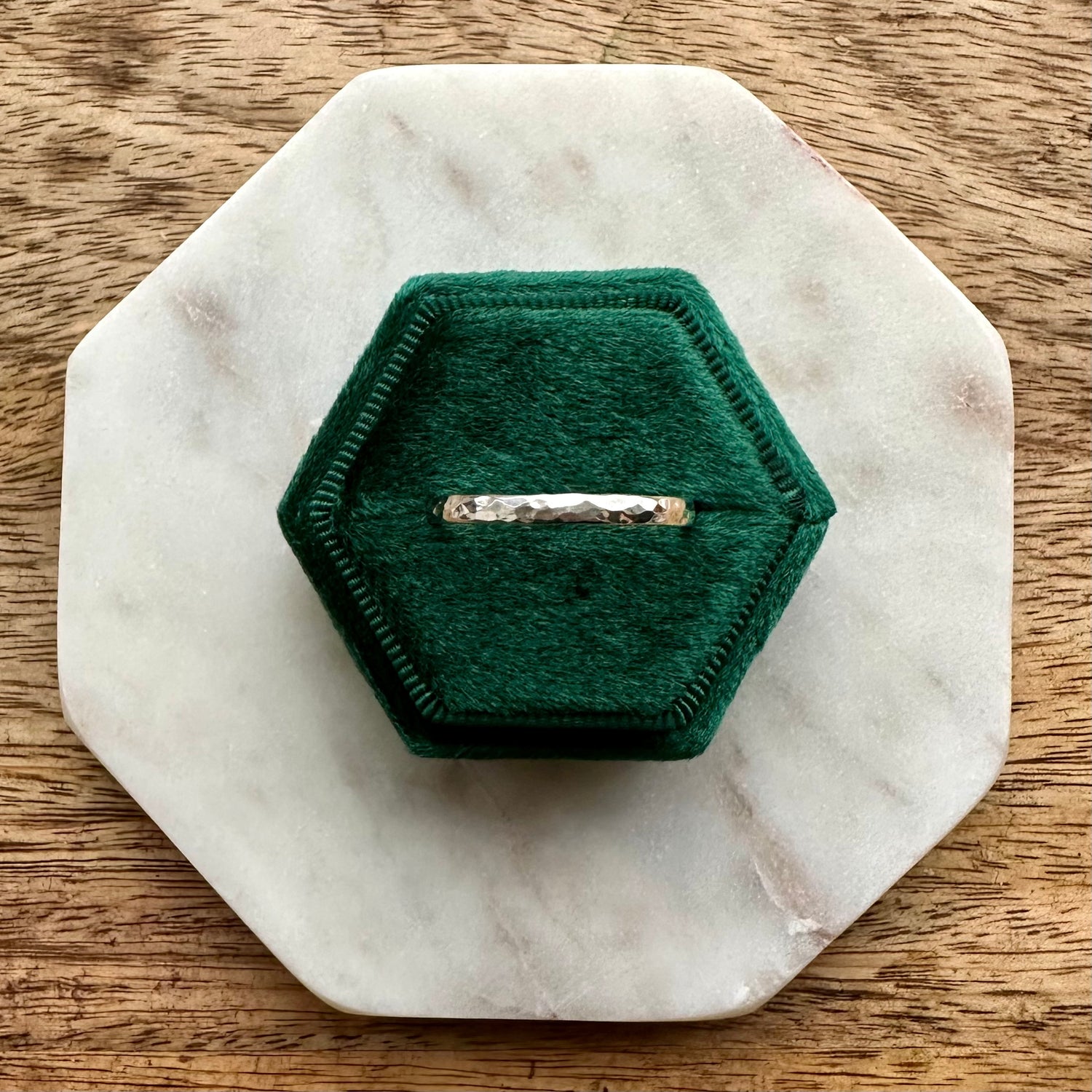Hallmarking Information

WHY ARE PRECIOUS METAL ARTICLES HALLMARKED?
Platinum, gold, palladium and silver are rarely used in their purest form but instead they are normally alloyed with lesser metals in order to achieve a desired strength, durability, colour etc. It is not possible to detect by sight or by touch the platinum, gold, palladium or silver content of an item. It is therefore a legal requirement to hallmark all articles consisting of platinum, gold, palladium or silver (subject to certain exemptions) if they are to be described as such.
- The main offence under the UK Hallmarking Act 1973 is based on description. It is an offence for any person in the course of trade or business to: Describe an un-hallmarked article as being wholly or partly made of platinum, gold, palladium or silver.
- Supply or offer to supply un-hallmarked articles to which such a description is applied.
- The UK’s legal requirement for a hallmark applies to anyone in the course of trade or business with UK consumers and applies equally to e-commerce, distance selling, gallery shops, market stalls and physical retail premises.
WHAT NEEDS TO BE HALLMARKED?
Any article described as being wholly or partly made of platinum, gold, palladium or silver that is not covered under exempt articles. This applies equally to new articles and pre-owned articles. A description can be verbal, written, or in the form of a manufacturers fineness marks on a piece of jewellery.
Main Exemptions:
Articles below a certain weight are exempt from hallmarking. In the case of articles consisting of precious metal and base metal the below exemption weight is based on the total metal weight, including base metals.
Where an article contains more than one precious metal the applicable minimum weight is that of the most precious metal in the alloy.
○ Silver - 7.78g ○ Gold - 1g ○ Palladium - 1g ○ Platinum - 0.5g

The Gem Shed is registered with the Birmingham Assay Office, and my full traditional hallmark contains 5 marks as seen above:
- Sponsor's Mark (initials PAC inside an elongated octagon)
- Traditional Fineness Mark (sterling silver is a lion, gold is a crown)
- Standard Fineness Mark (sterling silver is 925, 9ct gold is 375, 18ct gold is 750)
- Birmingham Assay Office Mark (an anchor)
- Date Letter (2025 is a capital 'A')
There may also be additional marks applied to commemorate special occasions - the hallmarks in the photo include limited edition marks to commemorate the Coronation of King Charles III.
It is not required by law for sterling silver to be hallmarked unless an individual piece weighs over 7.78 grams. Most of my pieces are below this weight and will not usually be hallmarked, with the exception of wedding bands - however, I am more than happy to arrange for any items to be hallmarked at your request (please note this will add an additional 2 weeks to the processing time and incur an additional cost).
Any sterling silver pieces weighing over 7.78 grams will be sent for hallmarking in accordance with UK law, and this will be indicated in the listing description along with any effects this may have on dispatch time.

